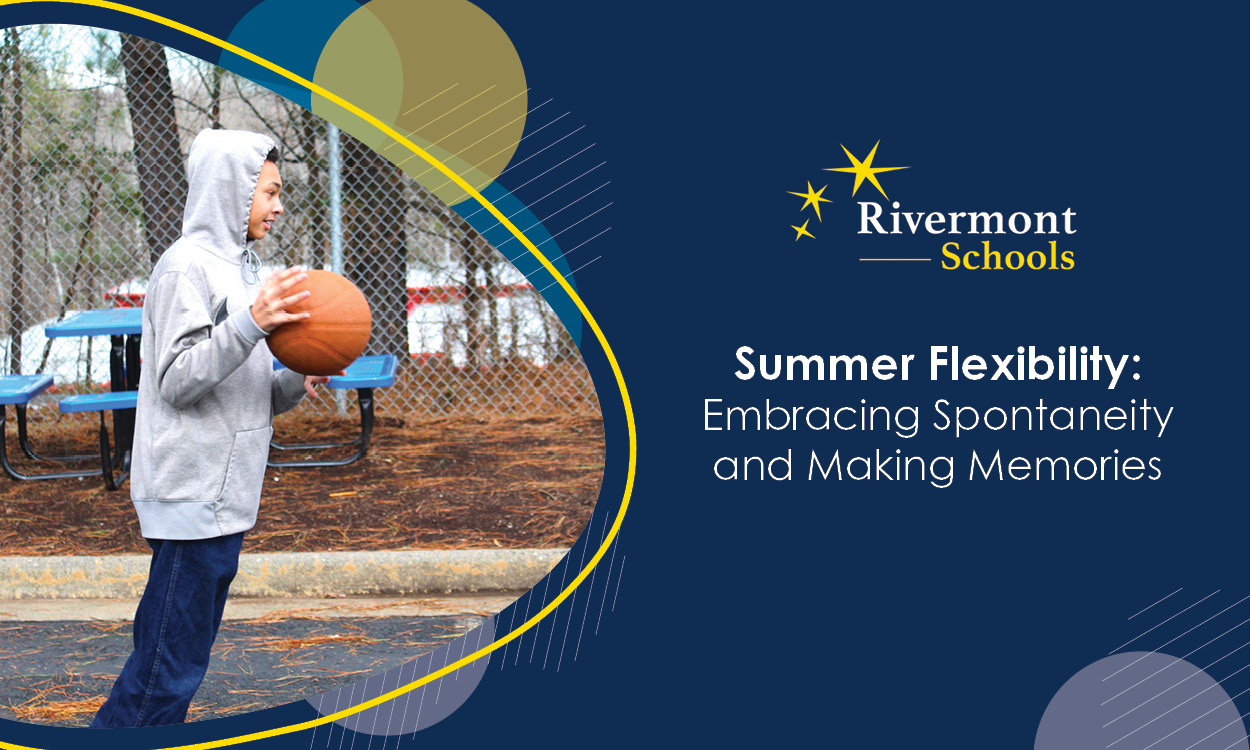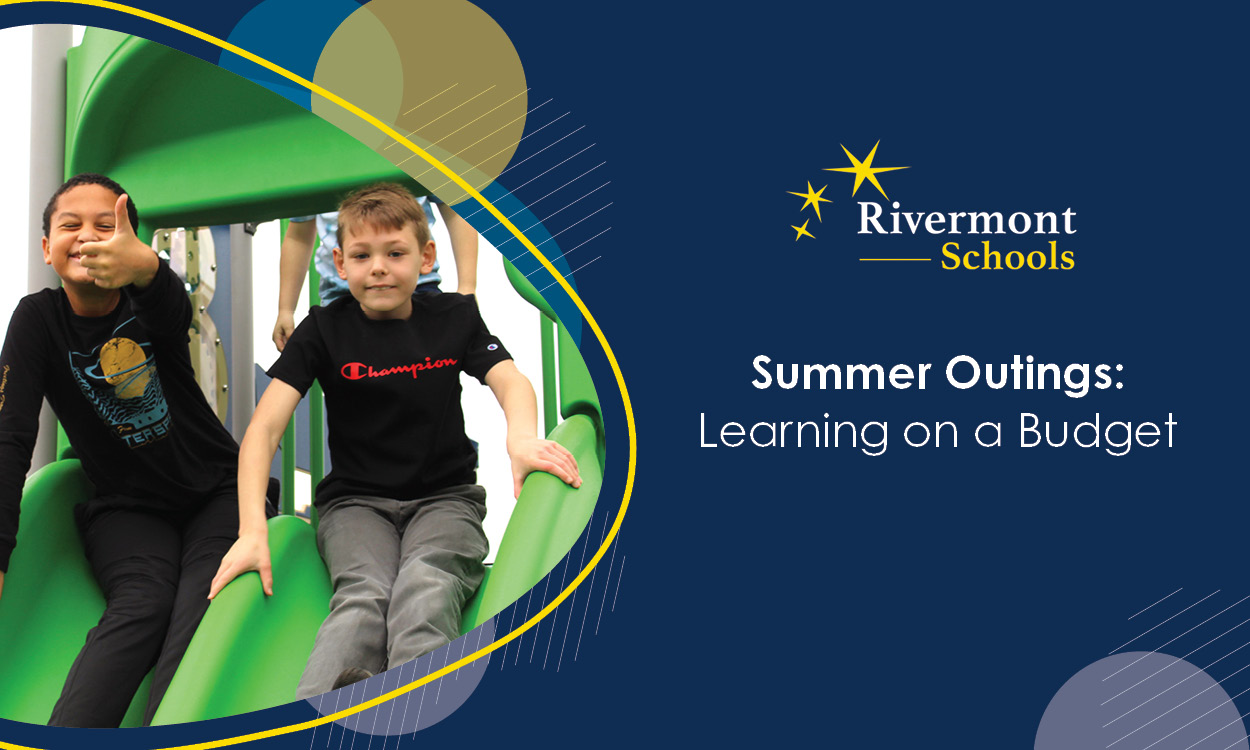Summer Flexibility: Embracing Spontaneity and Making Memories
Posted: June 26, 2024 | Written By: Sharmin Hossain | Category:

Written By Danielle Medeiros, Project Administrator at New Story Management
Learning to be flexible can be especially beneficial during summer break when routines may become more relaxed and unpredictable. With vacations, camps, family gatherings, childcare shifts and more, summer is a season of spontaneity. As the days stretch longer and free time overflows, children may find themselves switching gears more often. By teaching flexibility and using the strategies below during summer break, we are giving children the tools they need to navigate the ever-changing landscape of summer.
Helpful Strategies for Teaching Flexibility to Children:
- Introduce unexpected events – Plan unexpected changes or disruptions to routines in a controlled and supportive environment. Use these opportunities to teach children how to cope with uncertainty and adjust their plans accordingly.
- Use visual supports – Utilize visual supports such as schedules, calendars, or visual cues to help children understand and prepare for changes. Unknown events can be planned and shown by a symbol like a question mark.
- Use emotional regulation techniques – Teach children coping strategies such as deep breathing, mindfulness, or self-talk to help them manage their emotions and remain flexible when faced with challenges.
- Use social stories – Create social stories or visual narratives that illustrate flexible behavior and its positive outcomes. Include examples of different scenarios where flexibility is needed and how to respond appropriately.
- Practice role-playing - Engage in role-playing activities where you act out different scenarios and practice flexible responses. Encourage children to take on different roles and explore various ways to handle situations.
- Model flexibility – Children learn by example, so demonstrate flexibility in your own behavior and reactions to various situations. Point out when you are being flexible and explain why it is important.
- Practice problem-solving – Teach problem-solving skills to help children brainstorm alternative solutions when faced with challenges or change. Encourage them to consider different perspectives and think creatively. Use a step-by-step approach to identify the problem, brainstorm solutions, and evaluate their effectiveness.
- Most importantly, celebrate efforts – Recognize and celebrate children’s efforts and success in being flexible, even if they don’t always get it right. Positive reinforcement can motivate continued progress and reinforce the importance of flexibility. Consider tangible and social praise and state their success in “being flexible”.
Example: A family goes to the ice cream shop and the child’s favorite ice cream flavor is no longer available. By using emotional regulation techniques when the child becomes upset and problem-solving the child chooses another flavor and is praised for doing an awesome job “being flexible” and selecting another flavor.
By incorporating these strategies, children can decrease their feelings of stress, frustration, disappointment, anxiety, etc. Remember, unexpected events of changes in plans can be seen as learning opportunity for growth and the valuable skill of flexibility will help empower them to navigate life’s changes with confidence and resilience while enjoying new experiences this summer!









